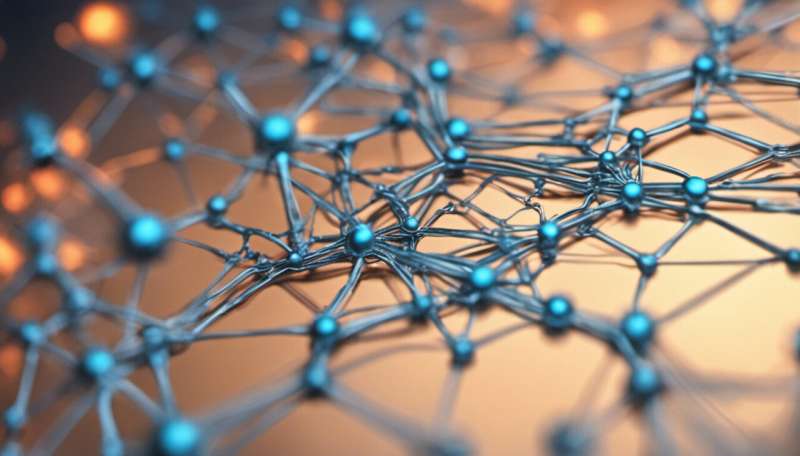Two-dimensional organic lattices for spintronic and quantum computing applications

Using sophisticated theoretical tools, A*STAR researchers have identified a way to construct topological insulators — a new class of spin-active materials — out of planar organic-based complexes rather than toxic inorganic crystals.
The unique crystal structure of topological insulators makes them insulating everywhere, except around their edges. Because the conductivity of these materials is localized into quantized surface states, the current passing through topological insulators acquires special characteristics. For example, it can polarize electron spins into a single orientation—a phenomenon that researchers are exploiting to produce 'spin–orbit couplings' that generate magnetic fields for spintronics without the need for external magnets.
Many topological insulators are made by repeatedly exfoliating inorganic minerals, such as bismuth tellurides or bismuth selenides, with sticky tape until flat, two-dimensional (2D) sheets appear. "This gives superior properties compared to bulk crystals, but mechanical exfoliation has poor reproducibility," explains Shuo-Wang Yang from the A*STAR Institute of High Performance Computing. "We proposed to investigate topological insulators based on organic coordination complexes, because these structures are more suitable for traditional wet chemical synthesis than inorganic materials."
Coordination complexes are compounds in which organic molecules known as ligands bind symmetrically around a central metal atom. Yang and his team identified novel 'shape-persistent' organic ligand complexes as good candidates for their method. These compounds feature ligands made from small, rigid aromatic rings. By using transition metals to link these organic building blocks into larger rings known as 'macrocycles', researchers can construct extended 2D lattices that feature high charge carrier mobility.
Pinpointing 2D organic lattices with desirable topological insulator properties is difficult when relying only on experiments. To refine this search, Yang and colleagues used a combination of quantum calculations and band structure simulations to screen the electronic activity of various shape-persistent organic complexes. The team looked for two key factors in their simulations: ligands that can delocalize electrons in a 2D plane similar to graphene and strong spin–orbit coupling between central transition metal nodes and ligands.
The researchers' new family of potential organic topological insulators has a 2D honeycomb macrocycles containing tri-phenyl rings, palladium or platinum metals, and amino linking groups. With promising quantum features and high theoretical stability, these complexes may serve as topological insulators in real world applications.
"These materials are easy to fabricate, and cheaper than their inorganic counterparts," says Yang. "They are also suitable for assembling directly onto semiconductor surfaces, which makes nanoelectronic applications more feasible."
More information: "Topological insulators based on 2D shape-persistent organic ligand complexes." Nanoscale 7, 727–735 (2015). dx.doi.org/10.1039/c4nr05247a
Journal information: Nanoscale



















